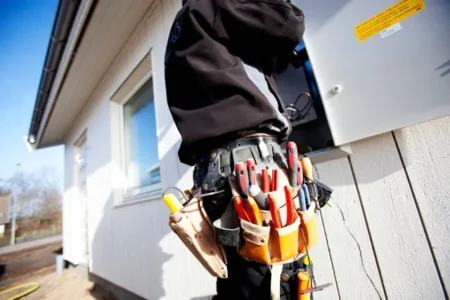
If you run a business that deals with digital marketing, graphic designing, or textile work, it is vital to ensure you have the right printer to carry out your projects. Unlike traditional printing, which includes spreadsheets and documents, graphic printing requires a different mode of printing, especially if you print materials like t-shirts, table cloths, banners, flags, bags, mugs, etc. Printing out graphic designs requires a sublimation printer to maintain the image texture and quality.
Frequently Asked Questions:
How Does Sublimation Printing Work?
Sublimation printing transfers an image on a product using a heat press, sublimation printer, sublimation dye, and machines built for graphic design printing. During the transfer process, the sublimation ink vaporises and reaches the material. Once the ink comes in contact with the material, it sticks to it, making it easier to transfer the ink onto bags and cloth materials. Before sublimation printing, the printing process involved shifting images on a sheet to a product by heating it until it is glued to the fabric.
Where is Sublimation Printing Used?
Mainly used in the graphic design industry, sublimation printing can be used on a variety of products that involve printing images, such as:
- Mugs, ceramic glasses, cups, and other cutlery
- Polyester materials, especially if the polyester content is around 80%
- Fibres used to produce t-shirts, stockings, and sportswear
- Items like bags, banners, identity cards, mats etc.
What Kind of a Printer Does Sublimation Printing Require?
The printer you use for sublimation printing depends on the fibre, material, and product. For instance, it is unadvisable to use printers with a thermal printing head to transfer the images using sublimation printing, as it might damage the product.
Is Sublimation Printing Time-consuming?
Unlike the traditional mode of printing, new methods of sublimation printing save you time. Instead of transferring solid images from papers onto materials by heating them, the modern way of printing is more straightforward. You only require sublimation ink, sublimation paper, a heat press, and a sublimation printer. Use the heat press to press the paper against the material’s surface to make it stick to the fibre, and wait for a minute before removing the sublimation paper. Instead of spending hours printing images on products, the modern way takes approximately fifteen to twenty minutes.
Do Sublimation Printers Save Energy?
Older printing methods consumed high energy, as transferring required high heat. In addition, workers changed ink manually and frequently in traditional models. However, dye sublimation printing automatically switches the ink and the entire process – vaporising gas, binding it to the fibre, heating, and cooling down – takes around fifteen minutes, saving energy.
Is Sublimation Printing Cost-Efficient?
One of the primary advantages of sublimation dye is that it can work with almost every model – large, small, or medium-sized, which saves you the cost of purchasing new printers for different printing tasks. You would only have to spend money on a heat press, desktop or computer, sublimation ink, and a printer to produce high-quality results at an affordable and reasonable price.
How to Pick the Right Printer for Sublimation Printing?
There are various to consider when picking a suitable printer:
- The printing speed
- Durability
- Maintenance
- Price
- The space you have
Final Thoughts
A sublimation printer is the ideal choice of printers if you are in a graphic designing business. They are time-saving, cost-efficient, and energy-saving and can be used to print t-shirts, mugs, bowls, mats, banners etc. Consider the printer’s printing speed, durability, and price before purchasing it.






